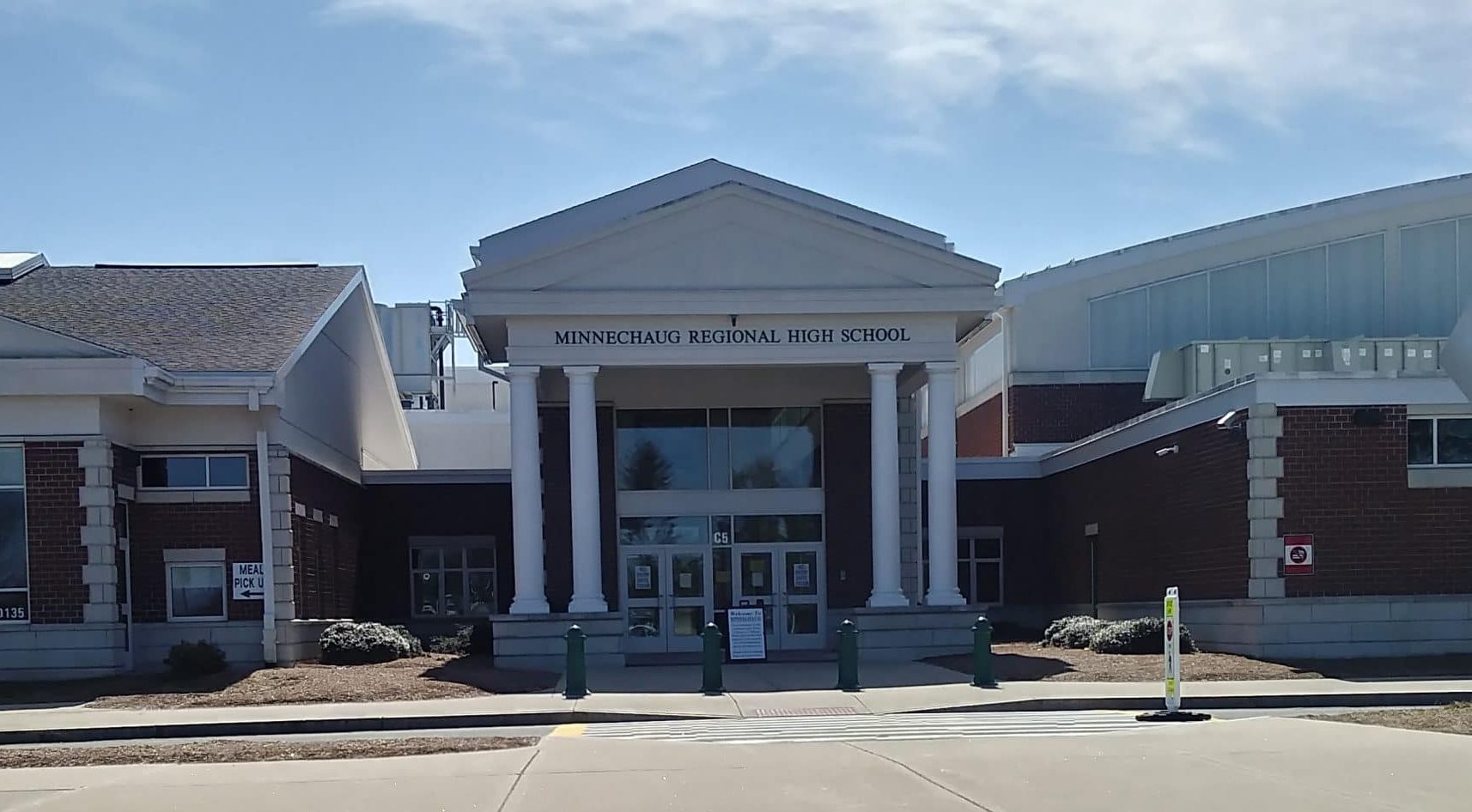WILBRAHAM — The Hampden Wilbraham Regional School Committee voted at its April 3 meeting to reduce the assessments it had sent to the towns to fund the $41.46 million fiscal year 2026 operating budget.
On March 20, the School Committee approved assessment letters to be sent to Hampden and Wilbraham based on the operating budget it approved on March 6. The assessments, which cover the budget minus offsets from state aid, grants and other funding sources, are calculated to reflect enrollment from each town. Wilbraham was assessed $32.09 million, $1.85 more than FY25. Hampden’s assessment was $9.37 million, higher than this year’s assessment by $557,770.
However, at the March 26 meeting of the Wilbraham Finance Committee, the body voted to recommend approval of an amount that was $153,367 less than the town was assessed. Assistant Superintendent for Finance, Operations and Human Resources Douglas Slaughter said that if the School Committee chose to change the assessment to match Wilbraham’s figure, Hampden’s assessment would need to be reduced by a corresponding $38,465. The committee was told it could adjust the assessments by using money from the district’s excess and deficiency account — unspent funding from the previous fiscal year — or use School Choice funding to make up the combined $191,832.
The former would not change the operating budget’s total, but the latter would, Slaughter said. Alternatively, the district could plead its case for the full assessed amount on the floor at Wilbraham’s Town Meeting in May.
School Committee Chair Michal Boudreau said that Wilbraham’s Finance Committee and Hampden’s Advisory Committee were both invited to attend their meeting. Members of the Advisory Committee came, and Chair Doug Boyd addressed the School Committee. Boyd said the Advisory Committee had not yet voted on the assessment from the school district but noted Hampden’s expenses were up by nearly 8% over FY25. He said the current assessment would “eat up” any taxable new growth and the 2.5% of last year’s levy that the town is legally allowed to add to its levy for this fiscal year. The town’s excess levy capacity, generally used as a buffer for unforeseen circumstances, would be “exhausted,” Boyd said.
School Committee member Sean Kennedy noted that the Finance Committee said at its meeting on April 2, that funding the full assessment would force it to cut into its excess levy capacity, as well.
Boyd said $191,832 is less than 1% of the district’s overall operating budget. He cautioned against the School Committee standing its ground and undertaking a “floor fight” at Town Meeting over a relatively “modest” figure. He noted that if the towns vote not to fund the full assessments, there would need to be more negotiations and a new Town Meeting called to revote the issue. All the while, the district would run on a one-twelfth budget, which is a temporary month-to-month budget based on the previous fiscal year’s budget.
Kennedy recalled a motion he had made at the School Committee’s March 20 meeting to use $150,000 of excess and deficiency funds to reduce Wilbraham’s assessment and $30,000 from the same source to lower Hampden’s assessment, “as a good faith effort.” The motion did not receive a second at the previous meeting, but considering the Finance Committee’s position, Kennedy reintroduced it, saying it would “meet the towns halfway.”
As an alternative to using excess and deficiency funds, Boudreau cited to a list Superintendent John Provost had prepared that detailed cuts that could be implemented should the full assessments not be covered by the towns. The district could make up a $180,000 shortfall if it reduced the maintenance department’s budget and did not fill two vacant positions, one for a payroll employee and the other for an instructional coach.
Provost said he understood the hesitancy to use the excess and deficiency funding, considering it would leave less than $309,000 in the account for emergencies. He said he and other superintendents were advocating for more state funding and suggested a pause on filling the positions until the state passes its budget, rather than wiping them from the budget completely. Provost said the district’s coaches are already stretched thin and not having a payroll employee means other staff must work overtime to take on that work.
“We used every penny of E&D last year, we had $400,000 of mold remediation from the middle school, and we still ended up this year with $1.5 million in E&D,” Kennedy said, making the case to use excess and deficiency funds. While that amount was higher than average, he said it is common for the district to have between $500,000 and $750,000 in excess and deficiency funds each year.
School Committee member Michael Tirabassi said that between the cuts and excess and deficiency, he preferred the money to come from the latter. The district has been consistently needing to make operational cuts for the past five or 10 years, he said. While he was hesitant about using one-time excess and deficiency funds for recurring budget costs, he said that if the state approved more school funding it would help to offset any fiscal cliff.
For his part, School Committee member Timothy Collins expressed concern that the School Committee would be “going back on its word” because they assured the towns that it passed a balanced budget without reducing services. When the vote was taken, Collins was the only person to dissent.



